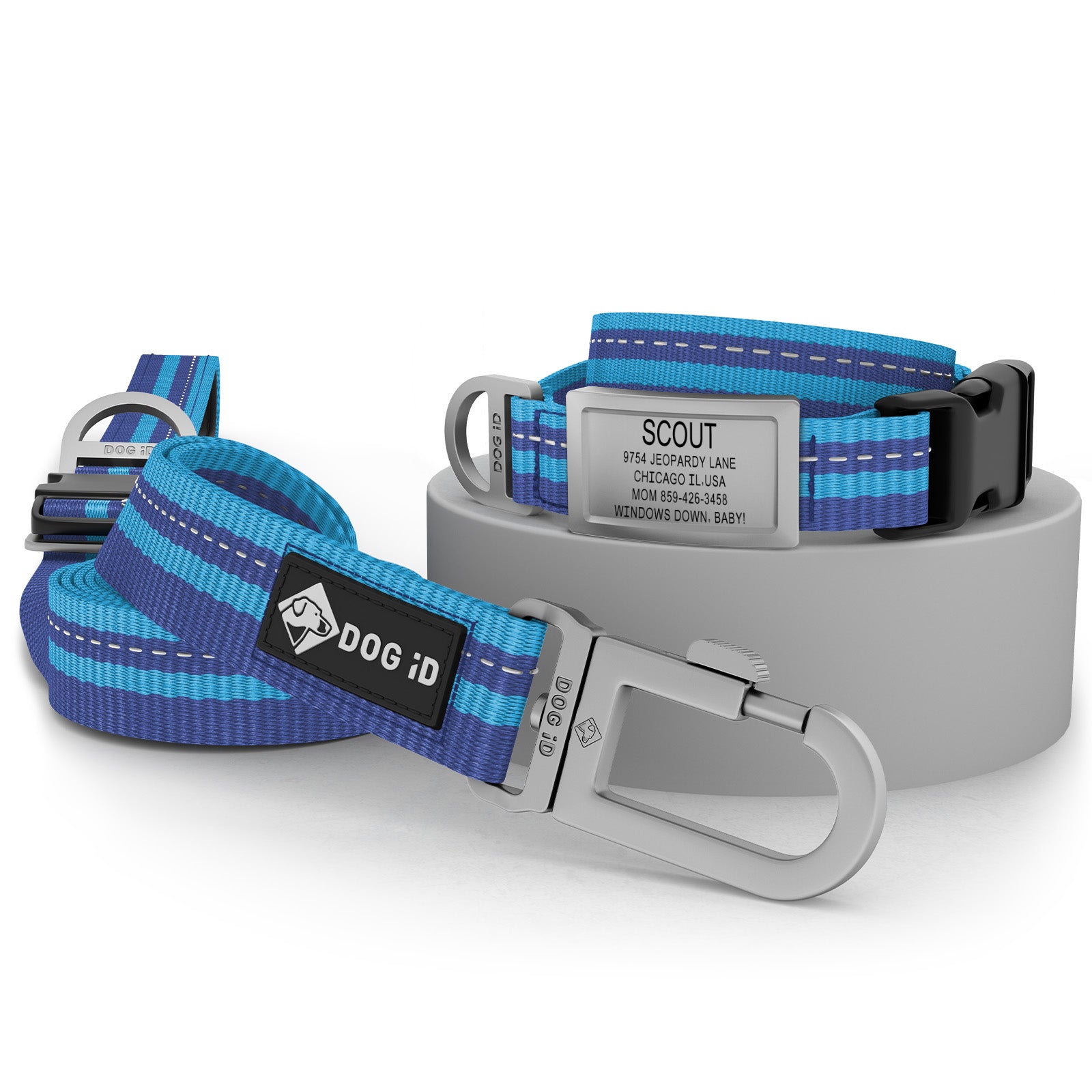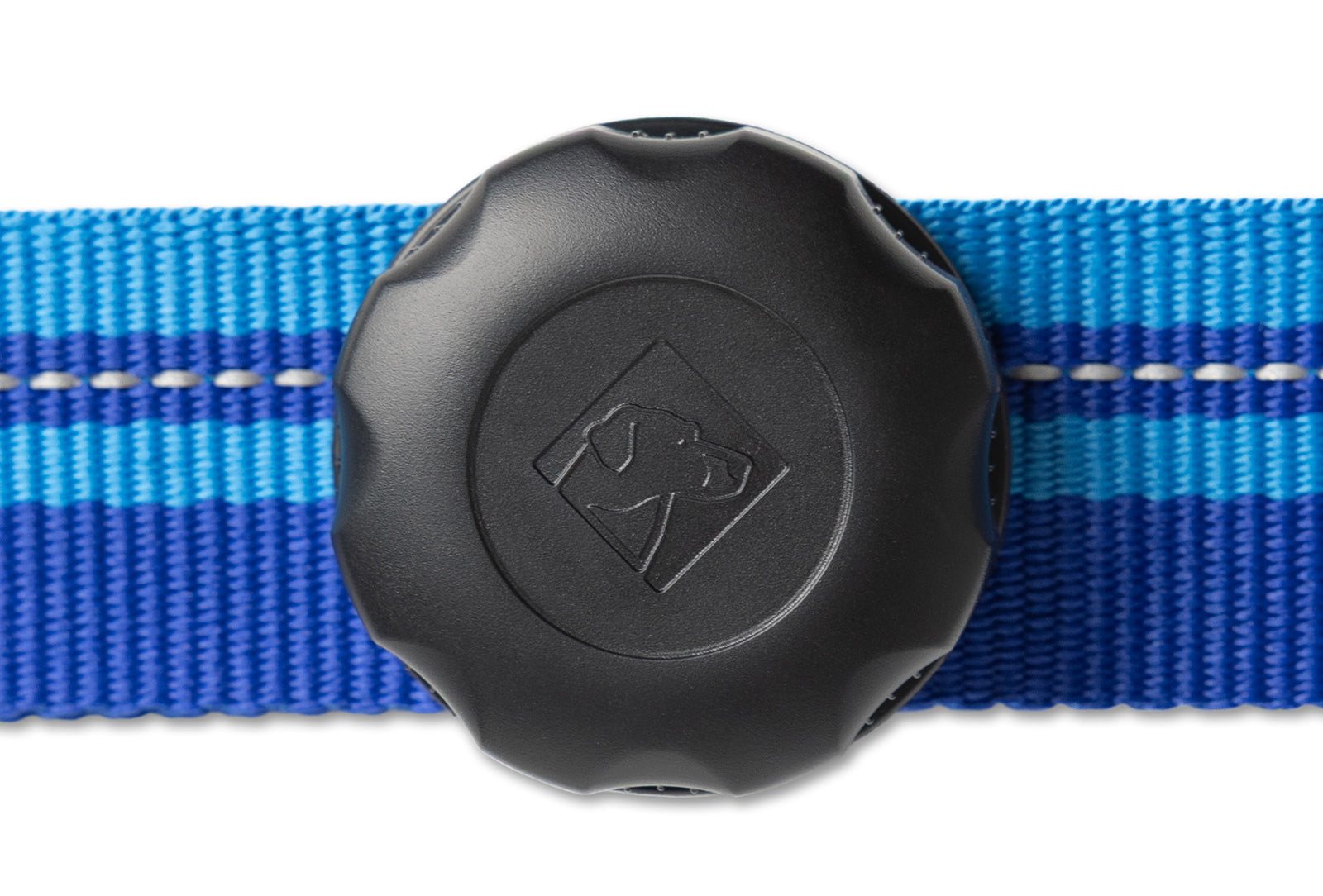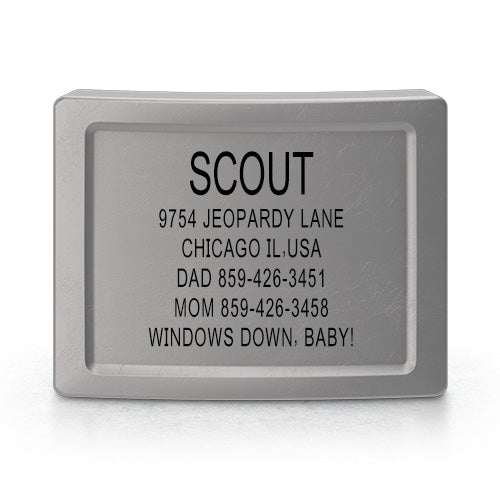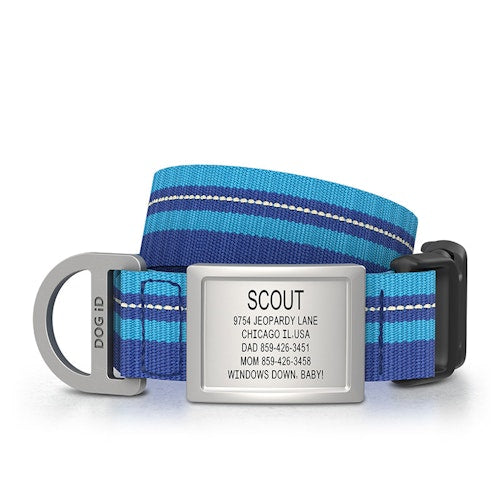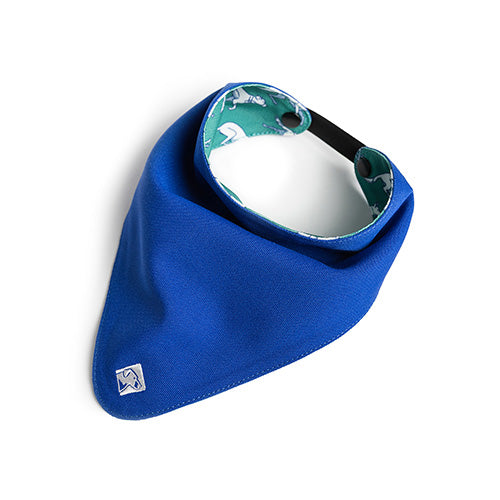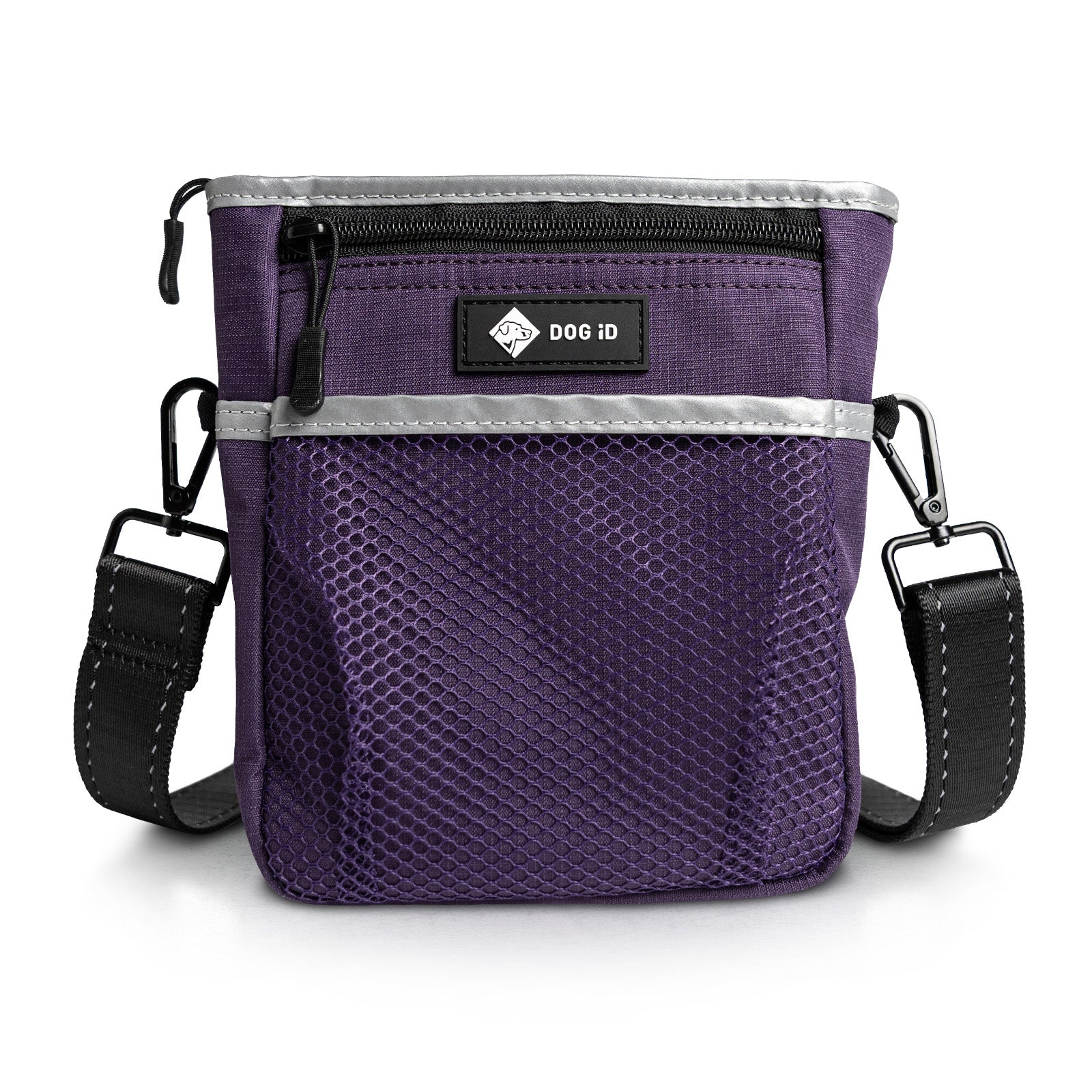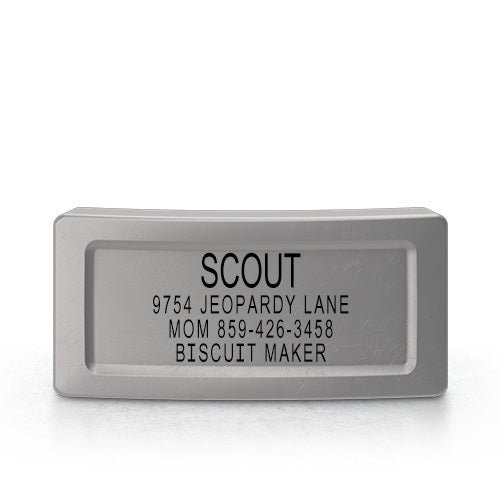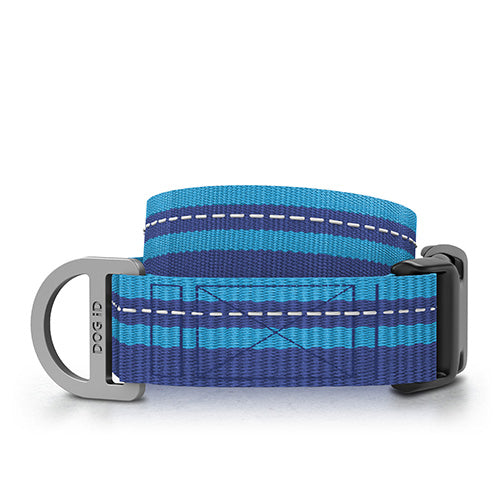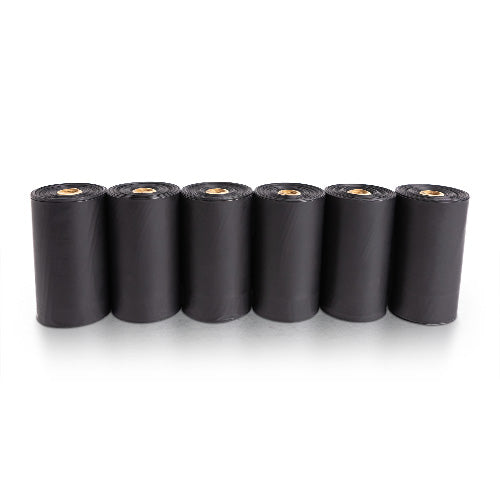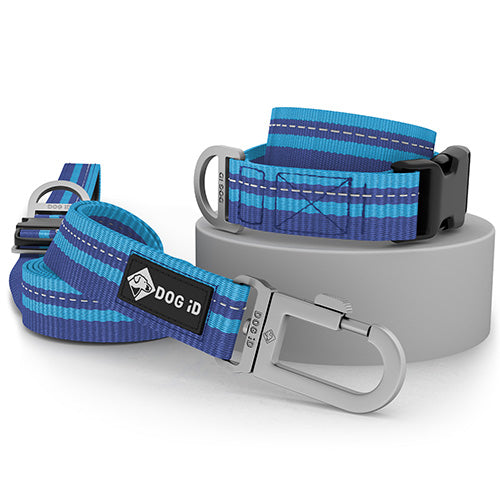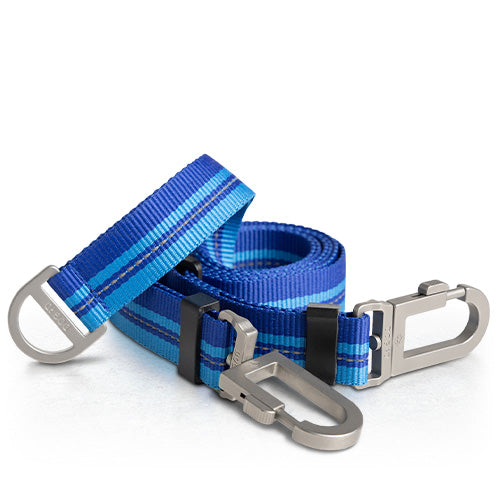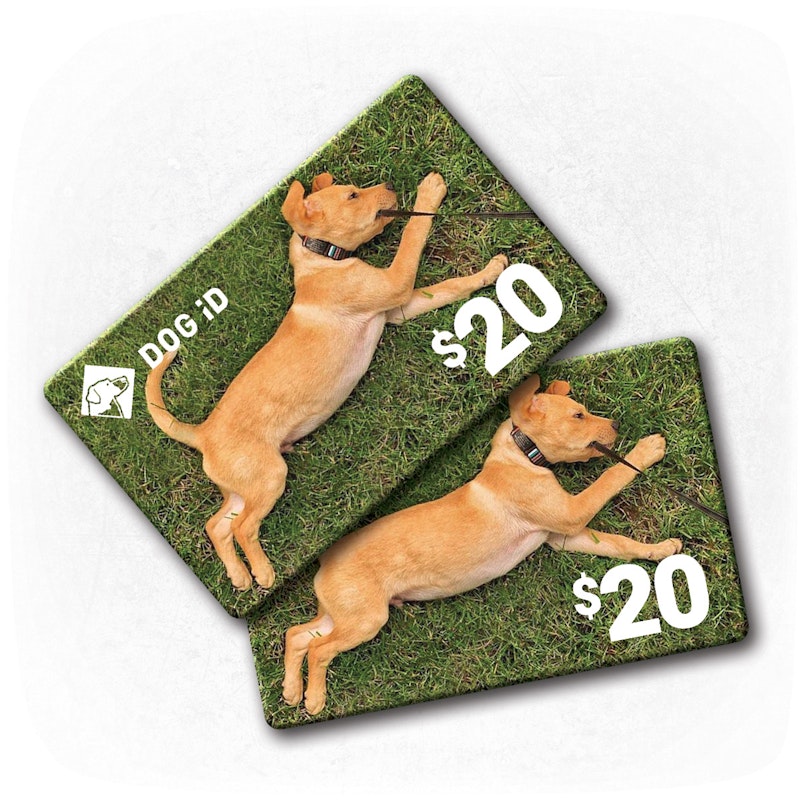There are tons of benefits to running every day, which is why so many people have taken to the activity. Running with a dog is an even better experience as it allows for bonding and mutual exercise. At the same time, bringing your dog along for a jog is a great way to connect with them, while simultaneously getting them the exercise they need. Like most dogs, yours might love the thrill of the run and the fresh air.
However, running with a dog that tugs on their leash can be quite challenging and potentially dangerous for both of you. When your dog pulls, it can throw you off balance or force you to lose your grip on the leash, causing your dog to run off. This is why it’s crucial to focus on your dog’s safety when you decide to go on runs together.
To prevent these potential risks, it’s wise to invest in a Collar + ID engraved with your contact information. It’s also beneficial to avoid choke collars as they might harm your pet.
Below, we’ve compiled six invaluable tips for managing a dog with leash-pulling tendencies to ensure your safety during your runs.

Running with a Dog that Pulls: 6 Tips for Staying Safe
When it comes to exercising with a leash-pulling dog, there are a variety of strategies to mitigate potential risks. While some are more obvious than others, the first thing that folks should assess is if their dog is at all suited for running, which leads us to our first point.
1. Assess Your Dog
While you might fancy the idea of running with your dog (and your pooch seems excited about it, too), not all dogs are suitable for this kind of activity. In fact, most dogs have unique needs and capabilities.
It’s important to take stock of your dog’s health and build before taking them on a run. Part of this assessment also includes knowing the limitations and behavioral tendencies that come with their breed. This helps in understanding the needs of different breeds.
The fact is that some dog breeds are harder to train than others, and unless you’re willing to invest a significant amount of time to break them out of their pulling habit, your dog might not make the best running partner.
That said, there are a variety of dog breeds (many of which are quite common) that make great runners. Some of those breeds include the following:
- Australian shepherds
- Border collies
- Dalmatians
- German shepherds
- German shorthaired pointers
- Greyhounds
- Jack Russell terriers
- Labrador retrievers
- Pit bulls
- Vizslas
- Weimaraner
While some of these dogs may not be the easiest to train, each one can be a great running buddy if you invest the time into teaching them good behavior. Opt for breeds like German shepherds and labrador retrievers if you want a dog that trains easily.

2. Start with Leash Training
Here’s the big secret to running with a dog with leash-pulling tendencies: break its pulling habit through loose leash training when they are a puppy or on walks when they are a bit older. As the adage goes, you need to walk before you can run.
It’s necessary to instill behavioral norms between you and your pooch and teach them loose leash walking before hitting the trails.
Whether you’re taking your dog out on a run or a walk, they’re going to be excited and distracted by things to smell, other dogs, a squirrel that just ran by, and a bunch of other things. Your job is to teach them to ignore all these distractions and to stay near your side. Fortunately, there are a variety of strategies to achieve this.
First, it’s wise to avoid people when leash training your dog, as this will help your pooch to remain focused on its task. Second, seek out wider areas for your walks and runs to avoid a number of distractions, including encounters with other dogs, and help your dog stay focused.
A great place to do this is in an empty park. There, your pup can get accustomed to the leash and some basic commands without the added stress of other distractions.
Many neighborhoods are devoid of sidewalks, forcing folks to simply walk the streets. Try to find an empty street when walking your dog. These can also be excellent locations for leash training as your pup can learn to navigate different terrains and environments gradually. Always remember to ensure the streets are safe and not heavily trafficked to prevent any accidents.
Some other basics that you will want to keep in mind include the following:
- Start your training at a walking pace.
- Keep your dog close by.
- If your dog begins to pull, stop until there is slack on the leash again.
- When your dog remains by your side, use positive reinforcement by periodically stopping to provide your dog with a small treat (more on this later).
- After your dog grasps the basics of walking on a leash, begin to pick up the pace, repeating the basics of stopping and rewarding when necessary.
3. Have Your Dog Run Close by Your Side

Part of what makes running with a leash-pulling dog dangerous is letting the animal get out in front of you and pull you off balance. This is why instilling good behavior is so vital. Teach your dog to remain close by while leash training and make sure the habit carries over into your runs.
However, when you start running, your dog is likely not going to be perfect, even if they have been leash trained well. Consider purchasing a shorter leash that will help your dog stay close since your dog will likely be overly excited and be more inclined to pull.
Work on improving the running relationship that the two of you share during this period of running with your dog. This might mean that you will need to periodically stop due to a bit of pulling or not moving at the same pace that you’re used to running. Over several days and weeks, your dog will likely begin to behave throughout the duration of the run, making it a more enjoyable experience for you both.
4. Use the Correct Type of Leash
The type of leash you use while on your runs is an important consideration. While there are a variety of running leashes for dogs, avoid using a retractable leash while running with any dog, even a well-trained pooch.
Why are retractable leashes not ideal for running with your dog? First, they provide too much slack and will allow your dog to wander a bit, potentially undoing a lot of the leash training you two have done. Second, retractable leashes are typically made of a thinner material that could cut your dog if they somehow get tangled up in the leash.
Selecting a sturdy traditional or hands-free leash is a far better and safer option.
5. Hook Up to a Harness Instead of a Collar
While a good leash is critical for making the run easier for you, opting for a harness over a collar will also make the run easier for your pup.
Harnesses are the recommended option for several reasons:
- If your dog pulls, a harness will remove the pressure from their neck and disperse it around their shoulders.
- Since harnesses hook to the center of the dog’s back, the leash isn’t likely to get wrapped around their neck like it might with a collar.
- Dog harnesses make coming to a full stop easier. This is true for both running and leash training.
While a harness is undoubtedly the superior option for taking your pup out for a run, this doesn’t mean that your pet won’t need the identification attached to its collar.
If you choose to get a harness for your furry little friend, make sure they wear their collar while out running or opt for customized dog tags to attach to their harness.
Just like you wouldn’t leave home without your driver’s license, your dog also needs identification when going out for a run.
6. Bring Some Treats for Positive Reinforcement

One thing that dogs and people have in common is that we both respond well to positive reinforcement in training environments. When it comes to your furry friend, a small treat and a bit of love will do perfectly.
When you’re teaching your dog to do anything new, the experience should be fun for both of you, while still building long-lasting habits. Using treats as positive reinforcement is a great strategy.
The goal here is to reward your dog for proper behavior, increasing the likelihood that they will continue to exhibit these actions (such as not pulling, staying by your side, etc.), even when the promise of a reward has faded from their mind.
The best time to begin this kind of positive reinforcement is when leash training your dog. As the expectations for your dog increase while the two of you consistently run, it’s wise to keep giving your pup little treats on a periodic basis to reinforce good behaviors.
However, remember to only give your dog small treats to avoid filling them up while out on a run. After all, treats should only make up 10% of your dog’s daily caloric intake.
As your dog continues to learn and behave properly, try to space out the treats and push your pup to run for longer periods before getting a reward, just like you push yourself to achieve bigger goals.

Other Tips for Running with a Dog
Once leash-pulling behavior is no longer a concern, you and your dog can properly enjoy going for a run together.
That said, here are some things to remember to keep you and your pup safe at all times:
- Make sure to warm up your dog before the run and cool them down when you’re done, just as you do for yourself.
- Take weather conditions into consideration. Dogs are not as well-equipped for handling conditions like heat as humans are and should not be brought along during extreme temperatures.
- Always bring water for yourself and your dog. Take frequent rehydration breaks and offer some to your pup. Consider purchasing a collapsible dog bowl or a water bottle with a built-in bowl for your runs.
- Remember to let your dog be a dog. This means periodically letting them go to the bathroom, rest and sniff a thing or two.
- Make sure that you do not work your dog too hard. Watch out for signs like excessive panting, drooling, and lagging behind. Also, watch for wear and tear on paw pads, sore muscles, joint injuries and other signs that it is time to rest.
Turning Your Pooch into a Running Partner

Running with a leash-pulling pup is dangerous. Thankfully, it can easily be avoided by taking the time to train your furry friend and getting the right equipment.
By putting in the time and attention that your dog requires to become a runner, running becomes a safer and more enjoyable activity for both of you.
Just remember to take things one step at a time. Start with leash training and provide your dog with positive reinforcement, and you two should be out running the parks and trails in no time.
Image Credits
betris/Shutterstock.com
BestPhotoPlus/Shutterstock.com
otsphoto/Shutterstock.com
Checubus/Shutterstock.com
gravity_point/Shutterstock.com
Eric Isselee/Shutterstock.com
LarsZ/Shutterstock.com
Syda Productions/Shutterstock.com
travelarium.ph/Shutterstock.com
Soloviova Liudmyla/Shutterstock.com
Blazej Lyjak/Shutterstock.com
Srdjan Randjelovic/Shutterstock.com


